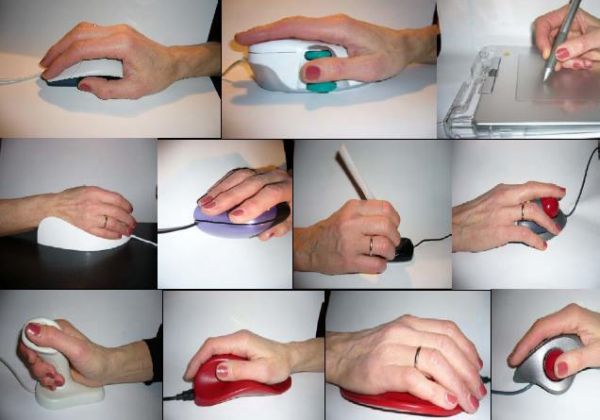
People who always work on their computers whole day long may suffer from a condition called carpal tunnel syndrome. This is due to the overuse of the wrists and hands in a repetitive movement with a lot of pressure being put of the median nerve of the forearm. The nerve gets compressed and you may experience a feeling of numbness and pin-pricks in your hands. Unhealthy working conditions and wrong posture can cause this syndrome.
If you work on the computer for expended periods of time, you need to take certain measures to prevent the condition. In case you have symptoms, you need to consult a doctor and follow his advice. There are many wrist braces and non-surgical options that provide great relief from these symptoms. You can easily prevent this condition by following certain measures in your workstation. Given below are some tips to reduce the risk of carpal tunnel syndrome:
Workstation Changes
1. Correct position: You need to be at the correct height for your workstation so that you need not bend your wrist for using the computer. If you are sitting for a long time, ensure that your chair is adjustable according to the required height. If you are working with a standing workstation, adjustable surfaces may be a good option.
2. Use good mouse: The mouse usage is the main culprit for the syndrome. Try to replace the old mouse and use a footswitch or a tackball mouse. It greatly reduces the risk of multiple and repetitive stress injuries.
3. Wrist rest: Use a wrist rest on the edge of your keyboard. This provides a cushioning effect for the joint and promotes a neutral wrist and hand posture. Avoid resting your wrist and keying continuously. Use the sides of your hands on the rest between using the mouse and typing. Gel rests provide comfortable and consistent support.
4. Laptop accessories: People who use laptop frequently are also under the risk of contacting this syndrome. This is because they cannot reposition their touchpad or keyboard. In order to reduce the effects, you can use ergonomic accessories such as keyboards, mouse etc.
5. Forearm rests and pads: Worktables can be fitted with padded edge and forearm rests. They provide extra support and padding for your lower arms. They help to remove the pressure and provide relief to the joints of the hands and wrists.
6. Take frequent breaks: Taking breaks in between can also help you to prevent this condition. By providing small breaks in between you are enabling your damaged parts to repair themselves from the repetitive strain and motion.
7. Use less force: Most of us often use great force than required while typing and clicking. Try to reduce this force while using the mouse and typing. Less force can also greatly help in repairing the damaged parts and relieving the tension.
8. Use shortcuts: Use keyboard shortcuts. This can help you to use the keyboard commands instead of using the mouse. You can save some time too.
9. Use both hands: Some people like to use the other hand for mousing. Try and see if you are comfortable and use your other hand to maneuver the mouse.
10. Ergonomic mouse: There are some types of ergonomic mouse that are designed for preventing strain. Try to use this mouse and you will feel a lot better.
Desk Exercises
Whatever be the changes you make in your workstation, you may still have to function for extended periods and even use wrong postures. They can again lead to dangerous situations. Do some of these simple exercises and minimize your risk of carpal tunnel syndrome.
1. Hands stretch: Stretch all your fingers to such an extend till all the fingers curve back. Hold this for at least five seconds and release till you feel comfortable. It helps to relieve all the tension from your hands. Repeat it for 5-6 times and enhance the blood circulation through your hands and wrists.
2. Wrist stretch: Hold both your hands straight in front of you with the palms facing the ground. Lift the hands up as if you are motioning someone in front of you to stop. This exercise helps to stretch the wrists and resumes proper blood circulation through the median nerve in the forearm.
3. Shoulder stretch: There are various kinds of shoulder stretch exercises. Pick up any of these according to your convenience and do it regularly. One of the best exercises is to place your hands behind the neck and bring the elbows to level the neck. Try and touch the elbows together. This exercise stretches and removes the tightness and encourages blood flow to the arm from the spine. This is necessary to prevent the condition.




